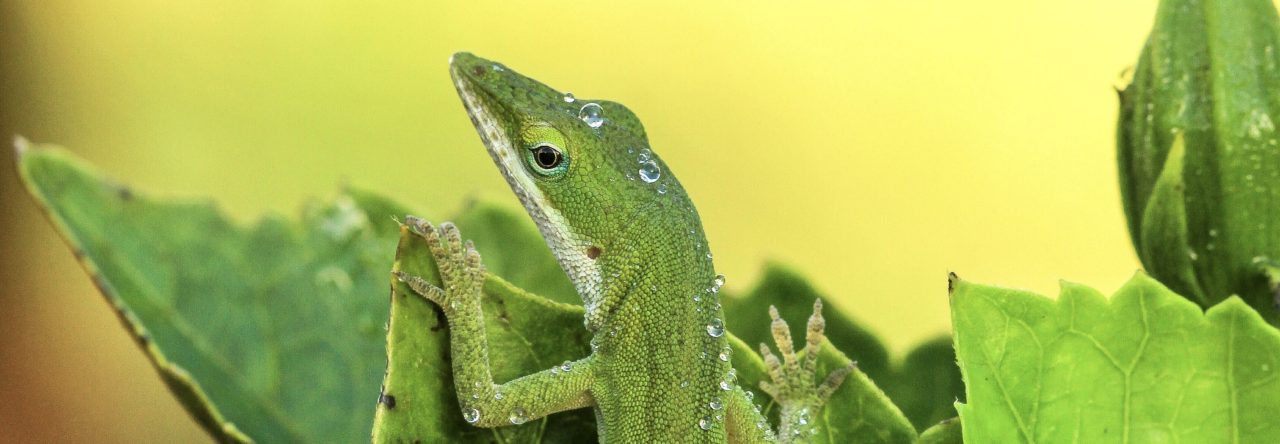In the Greater Antilles, lizard radiations have produced the same suite of ecomorphs on different islands as a consequence of adaptations to similar environments. In the same way, species that use motion-based signals, and occur in sympatry, would be expected to develop similar adaptations to enhance signal efficacy as they are frequently exposed to the same environment (e.g. background noise). Additionally, sympatric species often develop mechanisms to ensure they can distinguish between conspecifics and heterospecifics, particularly if they are closely related. This means that potentially opposing selective pressures might be at work for such systems.
Agamid lizards are widespread across the Australian mainland, and species distributions regularly overlap, especially in arid and rocky habitats. We analysed the motion-based signals of two pairs of sympatric species of Australian agamids to consider how they maintain reliable communication, while at the same time they avoid misidentification during signalling interactions. We calculated the speed distributions of the motion produced by lizard signals, and also by the environment (i.e. background noise). We then compared these two sources of motion to obtain a measure of signal-noise contrast, which indicates how much the signals stand out from the background and is therefore a proxy for signal efficacy (see Ramos & Peters 2017a).
The ring-tailed dragon (Ctenophorus caudicinctus) and the long-nosed dragon (Gowidon longirostris; Figure 1) are often found in sympatry in south Northern Territory and southeast Western Australia, around gorges and rocky outcrops. We recorded territorial displays at West MacDonnell National Park, in Northern Territory. The two species differed in display complexity (example of displays by all four species) and motor pattern use, as well as overall morphology (Figure 2). Interestingly, the speeds produced during their displays (Figure 3) and their signal-noise contrast scores were strikingly similar. Not only that, but their scores indicate that the signals from both species are highly effective in the context of the plant environment. These results demonstrate similar adaptations to their shared environment, while maintaining species recognition cues through morphology and overall display appearance.

Figure 2 – Habitat, average snout-vent length and known repertoire of core motor patterns for both species pairs. The core motor patterns refer to HB = head bob, LW = limb wave, PU = push up, TC = tail coil, and TF = tail flick. Ctenophorus caudicinctus has been observed performing limb waves, but this motor pattern is not present during its territorial displays. (Figure adapted from Ramos & Peters 2017 Journal of Comparative Physiology A)
The military mallee dragon (Ctenophorus fordi) and the painted dragon (Ctenophorus pictus) are very common in arid and semiarid sandy areas of northwest Victoria, South Australia, and southwest Queensland. We recorded displays at Ngarkat Conservation Park in South Australia, where they are often found in sympatry. These two species are much closer in appearance, but their display complexity and motor pattern use were just as contrasting as in the previous pair of lizards (Figure 2). In addition, the speeds produced during their displays and their signal-noise contrast scores were considerably higher in the painted dragon (Figure 3). We suggest this difference is related to the lack of territoriality in mallee dragons. This species is not known to protect territories or perform aggressive displays, so the motivation to produce conspicuous signals is likely to be reduced compare to its territorial relatives.

Figure 3 – Comparisons of the motion speed distributions for all species. Kernel density functions for a) Ctenophorus caudicinctus (red) and Gowidon longirostris (black), and b) C. fordi (red) and C. pictus (black), averaged within species. (Figure adapted from Ramos & Peters 2017 Journal of Comparative Physiology A)
In this study we were able to show that the ring-tailed and long-nosed dragon perform displays with almost identical motion speed distributions and signal-noise contrast scores, despite utilising very different territorial displays (see Ramos & Peters 2017b for more details). In the case of the other sympatric pair, motion speed distributions and signal-noise contrast scores appeared to be much higher in the painted dragon than in the non-territorial mallee dragon. This difference in social behaviour could be key to explaining why the signals of the sympatric C. caudicinctus and G. longirostris seem equally well adapted to their local environmental noise, as evidenced by their equally high signal-noise contrast scores, but the signals produced by C. fordi and C. pictus do not. Thus, the selective pressure to generate signals with high efficacy appears to be mediated by signal function, at least in this context.

















